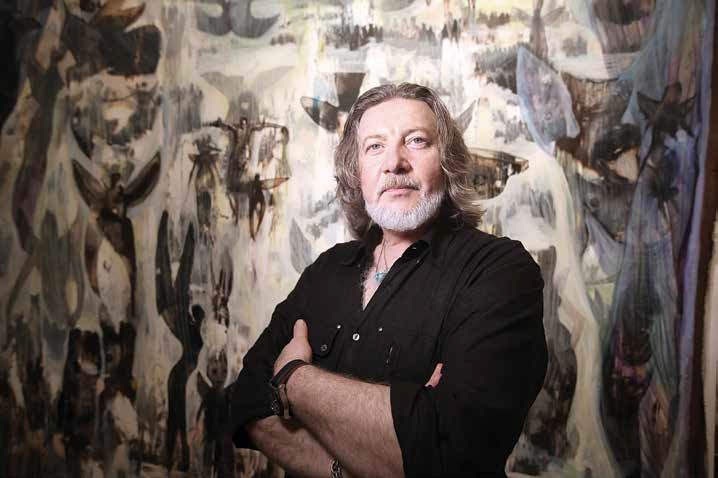
Edward Bekkerman
Personal archiveWe met Edward Bekkerman in St. Petersburg. On a snowy autumn
The showcompiles the main subjects of the artist’s work – flowers and angels. Edward’s paintings are inspired by the folk fairy tales. “As a
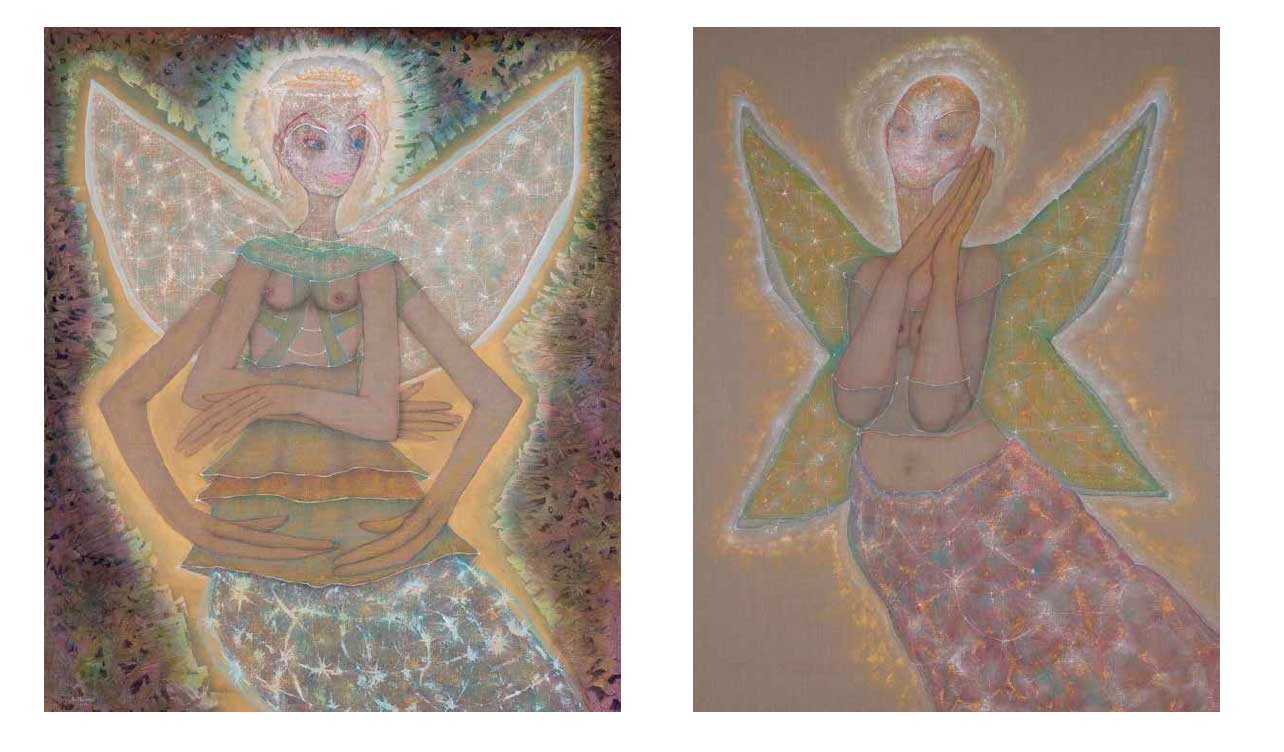
Angel of Peace, 2017 (left) / New Angel, 2017
Edward BekkermanBefore bringing the exhibition to St. Petersburg, Bekkerman showed it in Sochi Art Museum. Two years ago in Moscow Museum of Modern
Edward Bekkerman has lived in New York for 45 years: For 30 of
The son of a famous Soviet sculptor Igor Bekkerman, Edward was born in Sochi, which back then was an ordinary Black Sea city – not the sporting mecca it is today. From a young
Edward traveled the world and impressed with his dancing, but his future in ballet was derailed following an injury. Solo roles were no longer possible and he didn’t want to be accepted as a second dancer of the corps de ballet: “My goal was to be a principal dancer, so when I realized it wouldn’t happen my heart was not in ballet anymore – thank God I discovered visual arts.”
“As a dancer, he was physically immersed in
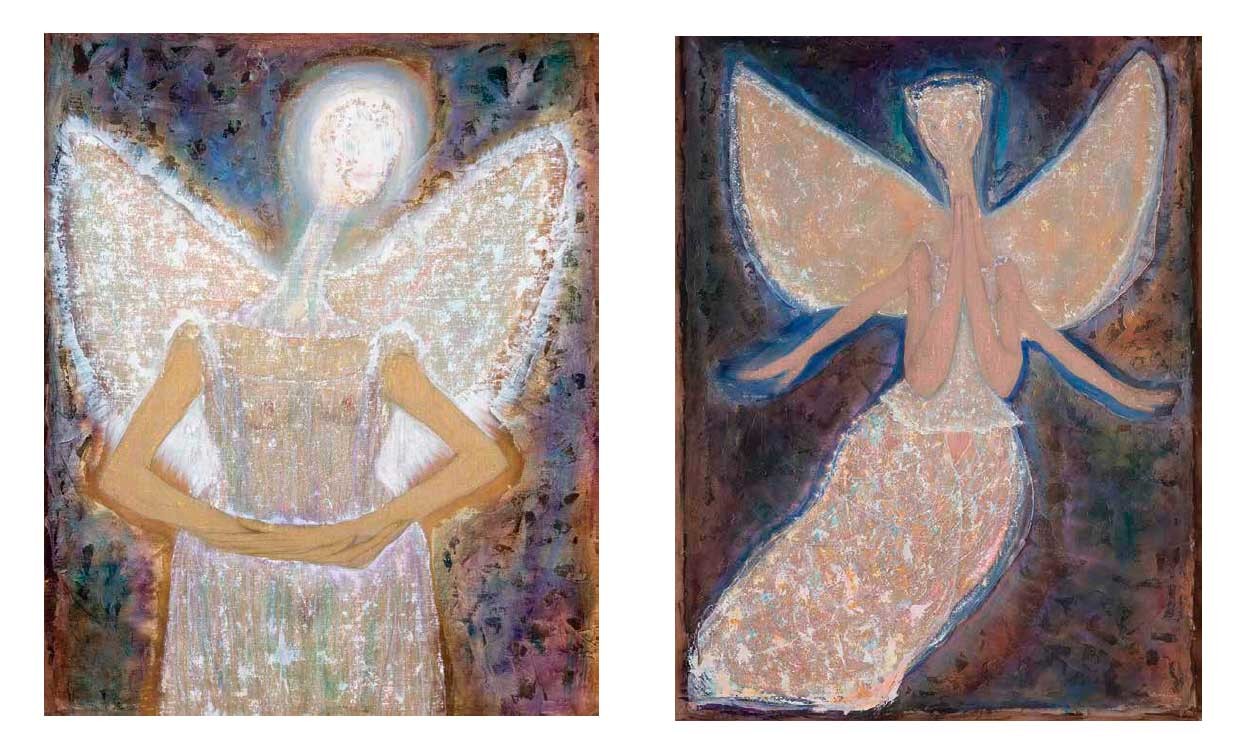
Angel of Peace, 2006 (left) / Angel of Love, 2012
Edward BekkermanBallet obviously touched Edward, he says his work has underlying theatrical elements.
Heavenly angels and flowers
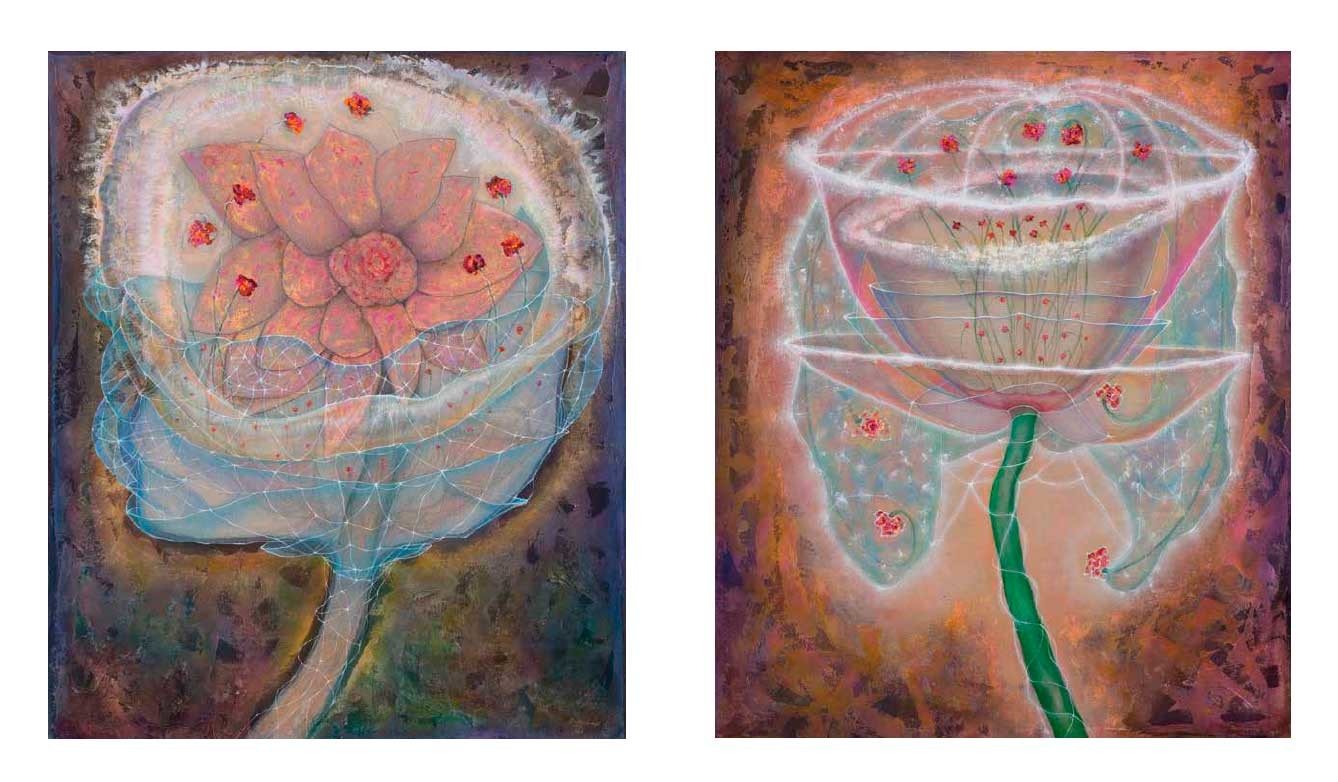
Magical Flower, 1, 2017 (left) / Flower of Love, 2017
Edward Bekkerman“Bekkerman’s flowers are spellbinding. The verb for this in Russian comes from an old world of sorcery, that is, attempts to practice magic as a process. It has a connotation that in today’s language is described as a psychedelic technique, as a meditative practice,” Alexander Borovsky, head of Contemporary Department of the State Russian Museum said in an introductory word.
“

Treasure, 2017 (left) / Contentment, 2008
Edward BekkermanHanging next to those spellbinding flowers, Bekkerman’s angels are being so widely shown for the first time, and his Angelology has a sort of hierarchy – “Healing Angels,” “Water Angels” and “Protectors.”
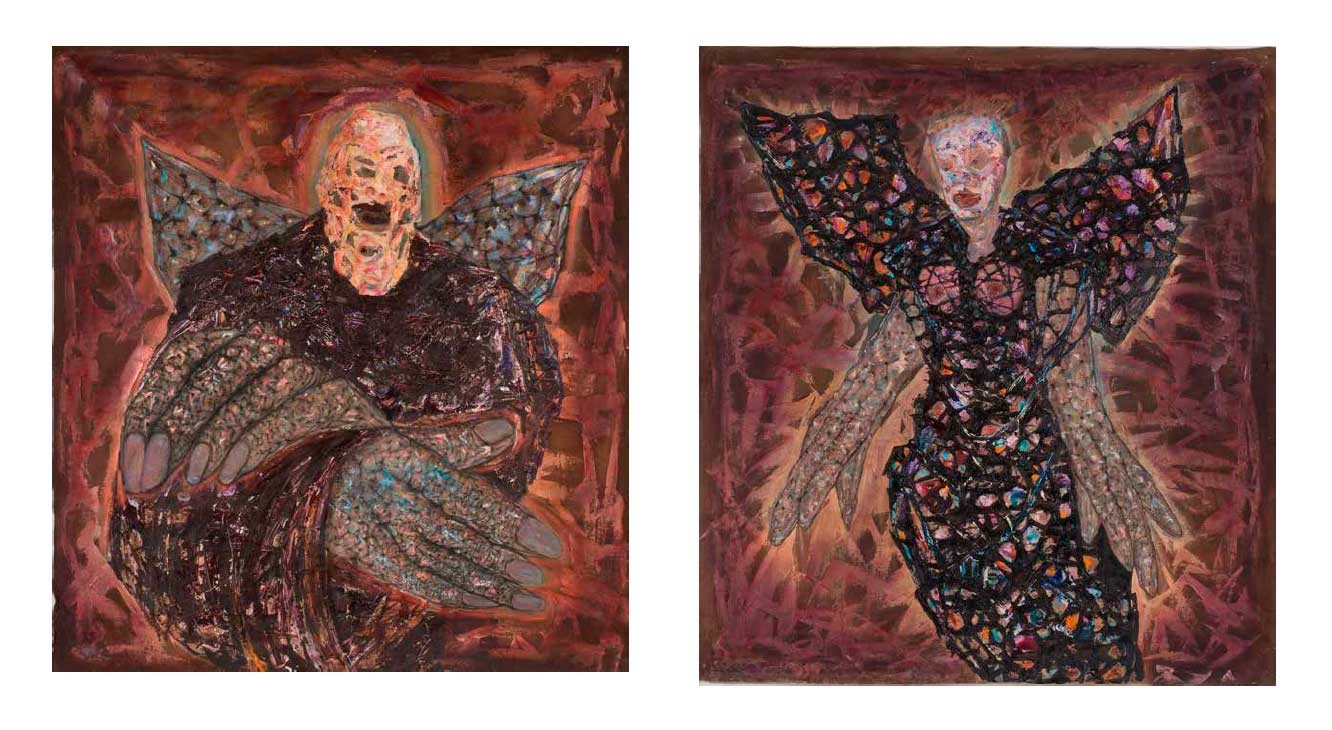
Guardian 4, 1994 (left) / Guardian 3, 1994
Edward Bekkerman“The art of the 20th century picked up the angelic subject from the symbolists of different waves – from Pre-Raphaelites to Gustave Moreau, Louis Janmot, and Mikhail Vrubel,” Borovsky says. Actually magic and shimmer of Vrubel
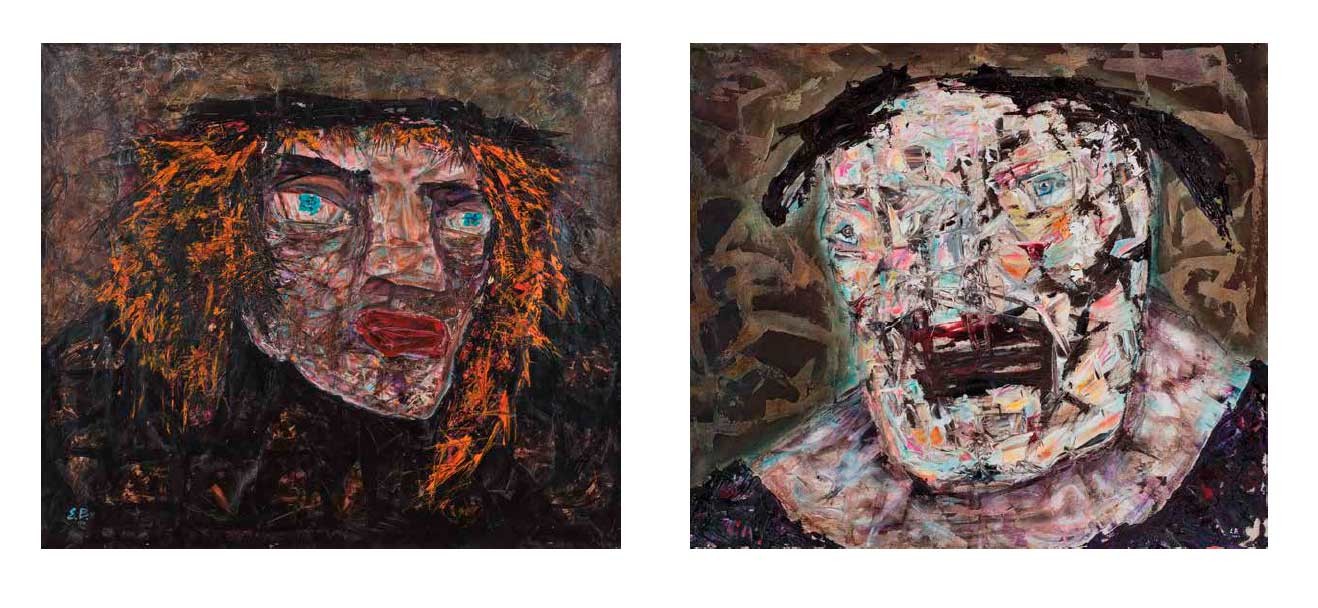
Self portrait, 1992 (left) / Another head, 1994
Edward BekkermanEven closer to heaven
The artist has exclusively shared with Russia Beyond his secrets and future plans: Every year he escapes for remote mountains in Colorado, and spend there six weeks carving sculptures. “This place is about eight hours driving from Denver, and with lots of sculptors coming there, we have a perfectly creative atmosphere, without any mobile or internet connection with the outer world.”
Edward plans to create a series of giant figures of prophets and display them all over the world, including in Moscow and St. Petersburg.
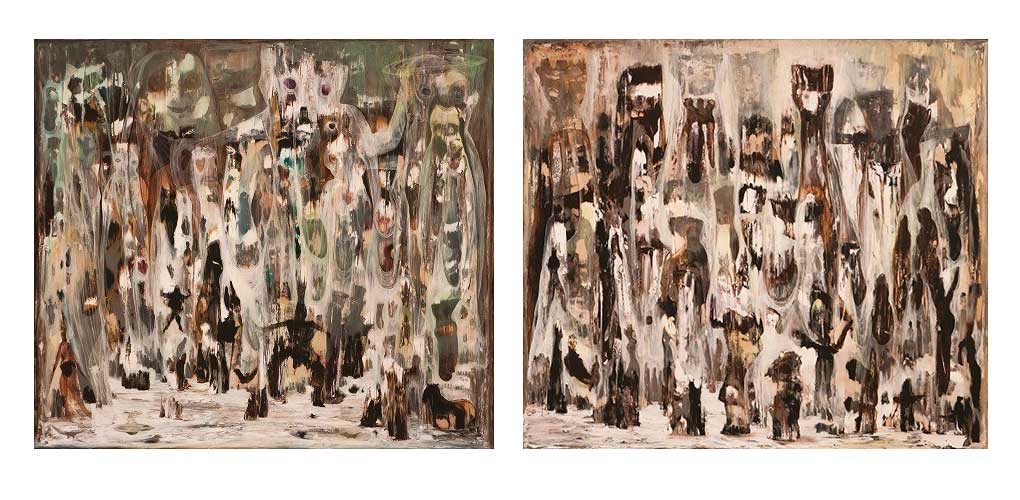
The Dream of Wild Dance and the Floating Hearts, 2011 (left) / The Dream Of Pushkin, 2010
Edward BekkermanHeaven is on show at the State Russian museum until Feb. 12, 2018.
If using any of Russia Beyond's content, partly or in full, always provide an active hyperlink to the original material.
Subscribe
to our newsletter!
Get the week's best stories straight to your inbox